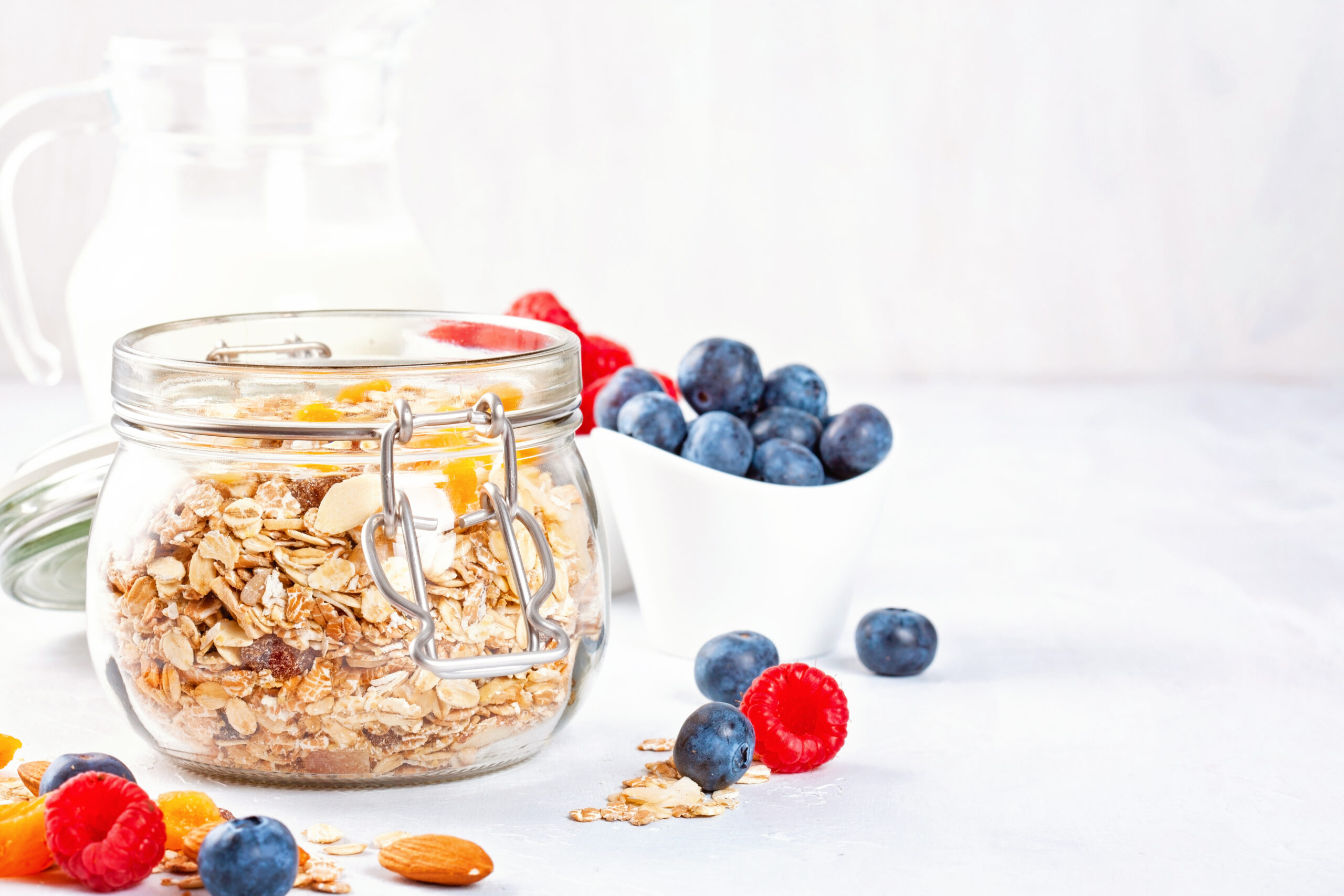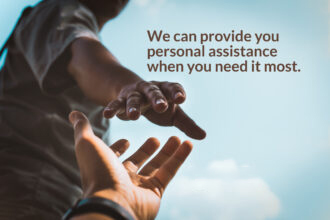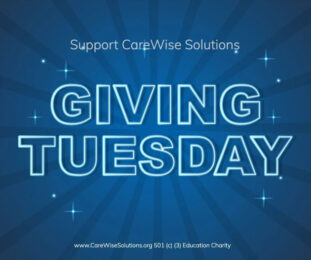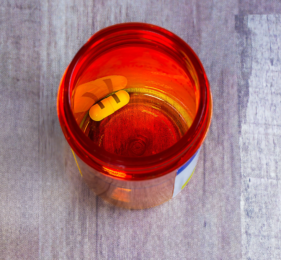Fuel Up: What to Eat When You Work Out

WebMD – Updated for October 2021
Author: Michael Dansinger, MD
When you have type 2 diabetes, you want to get the most bang for your exercise buck. You’ll need to fuel up the right way before, during, and after you work out.
If you can manage your diabetes with diet and exercise alone, you don’t need a pre-workout snack any more than someone without the disease. But if you take insulin or a drug that pushes your pancreas to make it, you might have to think before you snack.
What to eat depends on a few things:
- How high your blood sugar is before you work out
- How long you’ll be at it
- What time of day you plan to do it
- How your body reacts to exercise
Before You Work Out
Check your blood sugar. If your reading is between 200 and 300 mg/dl and you’ve already eaten at least once that day, you probably don’t need to eat anything. But you do need to check for ketones if it’s over 250. Your body makes them when it burns fat for fuel instead of sugar. Don’t exercise if you have them. If your reading is over 300, ask your doctor if exercise is OK.
Otherwise, grab a snack with 15-30 grams of carbs. The lower your blood sugar is before you start and the longer you plan to work out, the larger your snack should be, up to 30 grams of carbs. You’ll probably have to try a few options and amounts to see what works best.
These snacks offer 15 grams of carbs with little prep time:
- 1 small piece of fresh fruit (4 ounces)
- 1 slice of bread (1 ounce) or 1 (6-inch) tortilla
- 1/2 cup of oatmeal
- 2/3 cup of plain fat-free yogurt or sweetened with sugar substitutes
These have 30 grams of carbs:
- 1/2 peanut butter sandwich (1 slice whole wheat bread with 1 tablespoon peanut butter) and 1 cup milk
- 1 English muffin and 1 teaspoon low-fat margarine
- 3/4 cup whole grain, ready-to-eat cereal and 1/2 cup fat-free milk
If your reading is below 150 mg/dl and you plan to work out for at least an hour, choose something with protein. These choices have it and less than 5 grams of carbs each:
- 15 almonds
- 1 tablespoon peanut butter
- 1 hard-boiled egg
- 1 piece of string cheese
Many people with diabetes find that snacks with a ratio of 3 grams of carbs to 1 gram of protein work well. There’s no need to take a protein supplement. Your food has enough.
Eat in the Morning
If you like to work out in the a.m., make sure you eat breakfast first, no matter what your blood sugar is. Exercising on an empty stomach in the morning can raise it. But food sends a signal to your pancreas to make insulin, which keeps it at a safe level.
If you take insulin or diabetes meds, ask your doctor if you need to make adjustments for exercise.
Plan for Long Sessions
If you’re going to head out for a bike trip, marathon, or day-long hike, take some snacks with you. Food may not be easy to carry around if you’re in a race. Glucose gels and tablets or sports drinks can be good options. Count the carbs like you would with food.
Tip: Your body will absorb carbs more quickly if they’re in liquids and gels. This can come in handy if you’re going full tilt.
Check your blood sugar every hour. How many carbs your snacks should have depends on how much longer you plan to exercise and what your reading says. The idea is to eat enough carbs to keep you from having a low reading or just plain conking out, but not so many that your levels spike. It may take a few tries to figure out the right balance.
After Your Workout
Test again. If it’s less than 100 mg/dl, have a snack. If your next regularly scheduled meal or snack is 30-60 minutes later, 15 grams of carbs should hold you. If your next meal or snack is more than an hour away, have about 15 grams of carbs and 7 or 8 grams of protein.
Your sugar level can drop for up to 24 hours after moderate or intense exercise. If it’s still below 100 mg/dl at bedtime, double up on your snack. If you take insulin, ask your doctor if it’s OK to lower your dose at bedtime.
Even if you don’t need a snack right after you work out, you’ll still need to build your energy back to help your muscles recover. The best time to eat is between 30 minutes and 2 hours after you’re done





